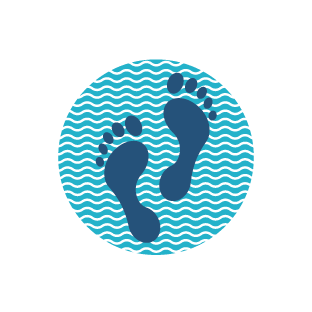Treatments for Nail fungal infections
There are various different approaches to dealing with fungal nail infection with consideration given to bacterial and yeast infections possibly being present at the same time. There are systemic options such as Terbinafine however a course of such can be hard on our internal organs and can only be considered for those who have no other underlying conditions such as diabetes, to add success rates are uncommon (approx. 69%). Itraconazole is also an option however due to drug interactions is prescribed with extreme caution.
Topical therapy is the best to approach for fungal nail infection management however they fail to penetrate to the nail bed so debridement or fenestration of the nail is required during application. Products include Lamsil or imidazole antifungals such as clotrimazole, econazole nitrate, ketaconazole and miconazol.






